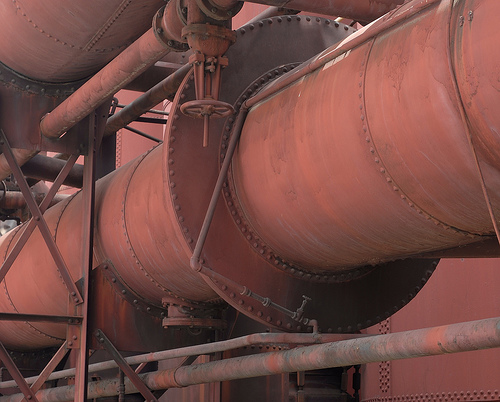Just before those frosty fall months emerge, you need to make sure your furnace is in tip-top shape—and now is the most ideal time.
We’ve put together some general maintenance tips you can practice at home. However, due to specialized tools needed and the type of furnace you have, we recommend scheduling a heating professional to give you the thumbs up on your system. Before carrying out just about any maintenance regime and depending on your set up, make certain to turn off the electrical and gas supply to your furnace system. Take a look at the heat exchanger Checking out your heat exchanger can be life-saving. Cracks are the most common reasons for carbon monoxide (CO) poisoning. It’s important to inspect your exchanger for leaks so CO will not spread throughout your home. If you do spot anything iffy, it is better to be safe than sorry, and get it looked at/repaired asap. It’s always recommended to have a carbon monoxide detector in your living area for safety precautions for you and your loved ones. Clean the interior of your furnace Cleaning the blower allows air flow to pass as it should. If you have a technician come out, they will usually inspect the motor for worn out bearings, and examine your furnace for ash build-up. Use a wire brush to remove soot and buildup. Then, use a shop vac to remove any remaining debris. You will want to check for rust, cracks and worn out parts. If you notice damage, it is best to contact a home heating tech. Inspect your furnace’s flame. Following cleansing, you should take a look at your furnace’s flame—it should run blue, clear and strong. If you happen to see a yellow flame, instead of the blue, this is an indication of inappropriate burning. Also, a common reason why a furnace won’t light is because of the excessive ash build-up around the burner. Go ahead and clean out the soot and debris around the burner again. If you do find the extra cleaning does not make a difference, a technician will be needed to adjust your burners if needed. Techs have specialized tools to measure combustion as well as adjusting your flame to the right level. Swap out your air filter(s) Depending on the system you have, oil burners have a filtration system within the gas line leading up to your heating system. Forced air furnaces have a filter by the blower to help eliminate air pollution throughout your home—depending on your use, you may need to change your air filter more than once a year. Also, since this is a regular and much needed maintenance routine, why not store your air filter’s dimensions in your phone? Saving time and a hassle is always a plus in our book. Clean Your Vents Use a shop vac and clean your vents all around the interior and exterior of your home. You will want to clear out any debris or build-up lurking around in your venting. Make sure to clean out your floor vents—remove the registers and vacuum dirt buildup, and also look for small toys and other obstructions. Annual furnace upkeep ensures you won’t waste extra money on utility bills, increases the lifespan of your furnace and decreases future repair costs. Not only are you protecting your family, you will also boost your quality of air. Go ahead and begin prepping your furnace; no one wants to be left on that first chilly day without working heat!
Photo by: sailorbill | Flickr





